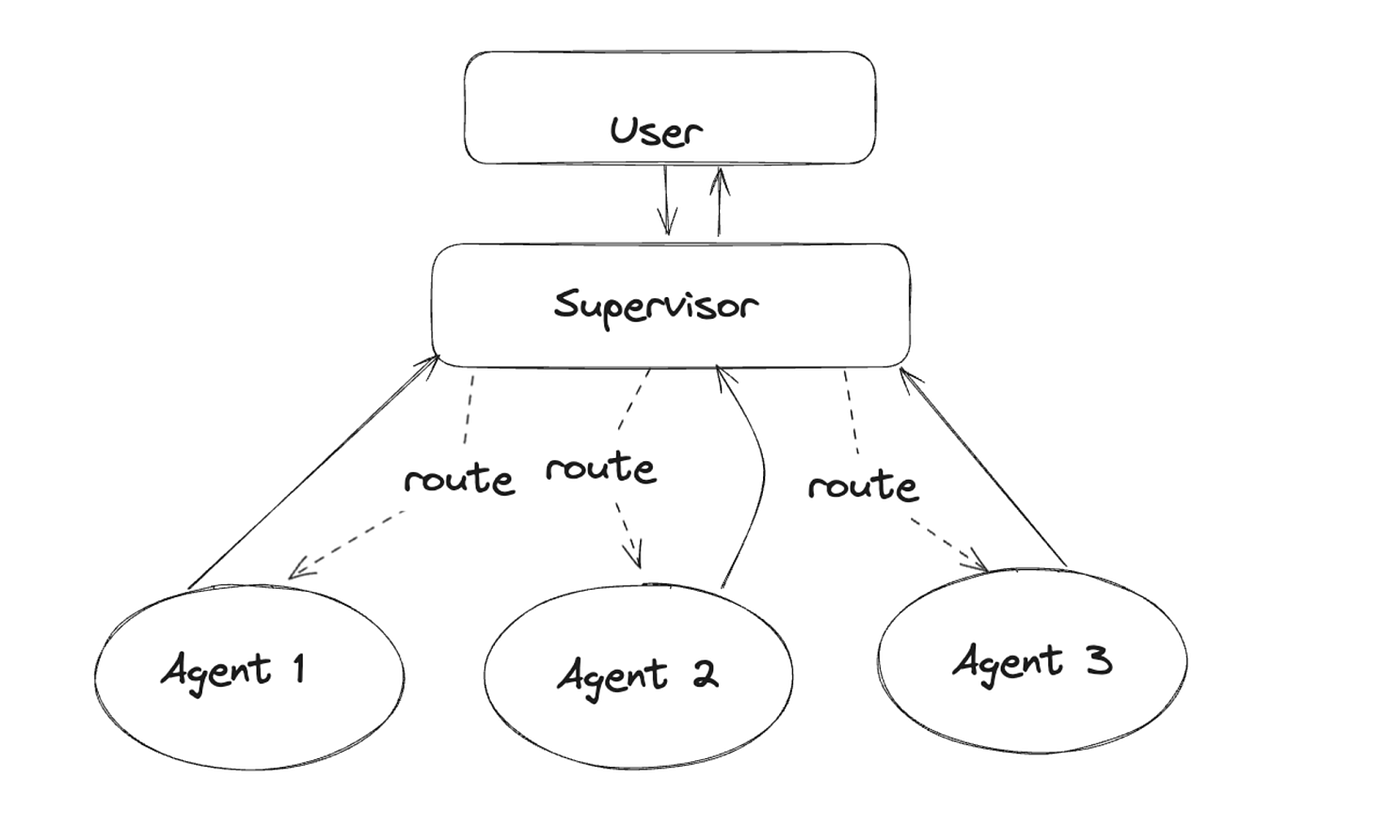Launching software is exciting initially – there is a roadmap, a deadline, and a shared vision. But soon enough, priorities change. Stakeholders desire new features, customers disrupt initial assumptions, and new technology generates new options. Even Agile frameworks may struggle to keep up.
The result? Missed deadlines, frustrated developers, and projects that feel like a moving target. Adaptive software development flips the script. Instead of trying to control every change, it takes things in stride, keeping teams connected, learning from each step, and adjusting plans naturally.
In this blog, we’ll take a closer look at how adaptive software development actually works, why it can be more effective than traditional approaches, and how companies in the U.S. are using it to build software that’s stronger, more flexible, and better suited to today’s business environment.
How Adaptive Software Development Works?
Adaptive Software Development (ASD) is a strategy for managing change and uncertainty in software development teams. If you’re asking, ‘what is adaptive software development?’, it is developing software where the change is part of the process, not something disruptive.
Teams are more flexible and adjust their strategies as they progress through any given project. Adjusting while in project motion is an invaluable tool called adaptive development, especially for projects dealing with shifting requirements, new technologies, or user feedback that comes along later.
To understand it better, below is an adaptive software development example for each stage, showing how flexibility, collaboration, and continuous learning allow software with real-world needs.
Speculation Phase
Every software project starts with some sense of direction. The speculation phase provides direction in adaptive software development. The team at this stage identifies provisional objectives, thinks over difficulties, and begins to visualize how the project may look.
It is not the planning of every detail in stone as it is in traditional planning. The objective is to be change ready with a point of beginning. It then allows developers, stakeholders and product managers to begin moving forward without losing the flexibility and adaptability of the project to any challenges that may come along.
Example: Speculation Phase – Fintech
A fintech team may outline core app features like account management and secure transactions while leaving room for future regulatory updates.
Collaboration
This step will be the start of the movement and development of the project. The developers, stakeholders and users collaborate and provide feedback to solve problems, adjust development requirements, and make the project work.
The ongoing communication contributes to the optimization of the project. In adaptive software development, teamwork and exchange of ideas and alternative ways are necessary and the final product is a reflection of real requirements of the users. The appropriate tools and transparency, as well as effective and timely communication boost this phase.
Example: Collaboration – E Commerce
An e-commerce team may modify marketing feedback, user behavior, and adjust product recommendations or interface features.
Learning
The learning phase is when reflection and improvement take place. The team evaluates what has worked, what has not worked and how this can be improved in the next cycle. These insights shape the next speculation phase, ensuring the work is continuously progressive.
Turning problems into positive results leads to natural progression of adaptive software development and each cycle makes teams more effective. The product gets stronger, more useful and satisfies both users and stakeholders needs.
Example: Learning Phase – Education Technology
An edtech team may redesign interactive quizzes after noticing students struggled with the pilot version.
How Adaptive Software Development Differs from Traditional Methods
More established approaches such as Waterfall or old-fashioned Agile are based on time-limited, inflexible deliverables, and strict plans. Although these methods are effective with the projects of stable requirements, they cannot reflect the changes in priorities, emergent technologies, or altering user expectations.
In such cases, teams are likely to postpone projects because they must undo some work that has already been done and become entangled in interminable debates on changing priorities.
- While ASD has a different philosophy and places collaboration, flexibility, and learning as the primary pillars of the approach.
With adaptive programming techniques, teams can adjust naturally to changes, keeping progress steady even when conditions evolve unexpectedly.
Iterative Progress
ASD focuses on smaller incremental builds instead of developing big modules in isolation. Every single iteration results in a working piece of the software, which can be tested, assessed, and adjusted. The strategy minimizes risk, exposes the issues during its initial phases, and maintains the development of the project according to the real needs.
The results of the development will be available to the project stakeholders at an early stage, and the team will be able to keep its productivity.
Tips:
- Keep project components small and achievable.
- Deliver working software features in short cycles.
- Test and validate your software after each increment.
Resilient Outcomes
Projects are less likely to fail when unexpected challenges arise, and solutions remain effective over time. Teams gain confidence in handling uncertainty while delivering consistent value. For further guidance and practical strategies, the adaptive software development book provides real-world examples and techniques to implement ASD successfully.
Tips:
- Foster a culture of adaptability within the team.
- Review results regularly and refine processes.
- Document effective strategies for future projects.
- Maintain open communication to ensure alignment and momentum.
Practical Flexibility
Adaptive software solutions focus on domestic, usable, and practical solutions, while considering the initial plans as a rough draft. Adjusting workflows and plans based on user input helps keep software usable and avoid unnecessary development on components that will soon become outdated.
Software will avoid losing functionality if the components have not yet lost relevance. Balancing the plans with other software development methods helps to keep your project on track.
Tips:
- Use real user feedback to adjust your development priorities.
- Don’t get lost in the details or too rigid with your specifications.
- Use software that adapts to change.
- Encourage the development team to change their approach as problems arise.
Planning Approaches: Adaptive Software Development vs Agile
| Feature/Aspect | Agile | Adaptive Software Development (ASD) |
| Approach to Change | Agile welcomes change but works within predefined sprints and backlogs. | ASD treats change as an integral part of the process and continuously adapts priorities and plans. |
| Planning | Relies on sprint planning and predefined user stories. | Uses flexible, high-level planning that evolves as the project progresses. |
| Decision-Making | Decisions often guided by product owner and Scrum Master. | Decisions are collaborative across developers, stakeholders, and users. |
| Learning & Feedback | Feedback is collected at the end of each sprint or iteration. | Continuous learning and reflection are embedded throughout the project. |
| Iteration | Time-boxed iterations (usually 2-4 weeks). | Iterations are adaptive and can change length based on project needs. |
| Focus | Delivering incremental features as per the backlog. | Delivering value while adapting to evolving requirements, technologies, and user feedback. |
| Risk Management | Risks identified during sprint planning or retrospective sessions. | Risk is managed proactively by embracing uncertainty and constant learning. |
| Best For | Projects with moderately changing requirements. | Projects with high uncertainty, rapidly evolving technologies, or changing user needs. |
Time Management: Agile Sprints vs Adaptive Software Solutions
One of the greatest challenges of software development is time management since stalling or mismatched priorities may easily ruin a project. Agile and adaptive programming have their own approaches to dealing with time which have their own advantages.
- Agile is based on sprints, which are of fixed length, offering a set structure to the development process, whereas adaptive programmes refer to adaptive software solutions where the teams can respond to changing requirements without staying in the same gear.
The knowledge of the functionality of each method can assist the teams to select an appropriate method to work on their project and guarantee a consistent and effective progress.
How Time Works in Agile Sprints
Agile divides projects into two to four week sprints where the teams have a defined time limit on planning, coding, testing, and reviewing. The methodology gives order and predictability and assists teams to work on the accomplishment of a specified set of tasks in the sprint.
However, priorities can shift during the middle of the sprint or new requirements may arise, making changes challenging and can be the cause of either delays or unfinished work in the new sprint.
Although Agile offers a sense of discipline and clarity, it is at times inflexible in dynamic environments, and it is more difficult to allow the team to adjust rapidly without breaking the working process.
How Adaptive Software Solutions Handle Time
Adaptive programming views time in a more flexible way than fixed. Teams constantly redefine priorities, reorganize schedules and distribute resources according to the current feedback and project progress.
With the help of adaptive software solutions, teams are able to monitor all the progress and make informed changes, and react to any unforeseen changes without stopping development.
This provides a workflow that may be adapted to changing requirements and thus a project will always be on schedule without being inert to real life conditions, user feedback and the technologies.
Conclusion
The choice between Agile and adaptive software development is not an issue of risk, but rather what works well. Agile provides some structure and steps, and this is useful in situations where things are predictable. Adaptive software is however, all about changing with the times, learning on the fly, and improving in time. So, which approach fits your project best?
Looking for reliable IT experts to handle your projects? Techling is here to help. We specialize in custom software development, data analytics, Generative AI & Machine Learning, and quality assurance. Plus, our flexible engagement models make it easy to work with us in a way that fits your needs. Whatever your project requires, Techling provides the skills and support to bring it to life, streamline your processes, and help your business grow.






